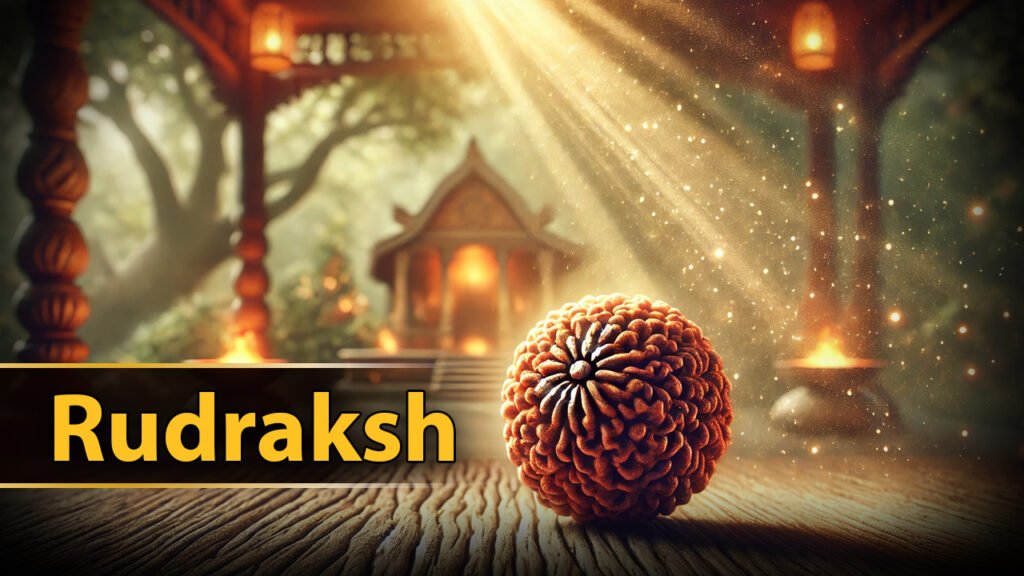Introduction to Rudraksh
Rudraksh, a name that resonates deeply within the realms of spirituality and mythology, has long captivated the hearts and minds of devotees and curious individuals alike. But what exactly is Rudraksh, and is it truly the tears of Lord Shiva as many believe? In this exploration, we’ll delve into the fascinating world of Rudraksh, uncovering its origins, significance, and the truth behind its legendary status.
Read Also: Dreams Interpretation- What do your dreams mean?
The Legend of Rudraksh
Lord Shiva’s Meditation
The story of Rudraksh begins with Lord Shiva, one of the principal deities in Hinduism. According to ancient texts, Lord Shiva once entered a state of deep meditation that lasted for thousands of years. His purpose was to bring peace and harmony to the world, which was suffering from chaos and destruction.
The Origin of Rudraksh Seeds
As the legend goes, when Lord Shiva finally opened his eyes, tears of compassion fell from them. These divine tears are said to have taken the form of seeds upon touching the earth, giving birth to the Rudraksh tree. This is where the belief that Rudraksh seeds are the tears of Lord Shiva originates.
Symbolic Significance of Rudraksh
Connection to Lord Shiva
The very name “Rudraksh” is derived from two Sanskrit words: “Rudra,” another name for Lord Shiva, and “Aksha,” meaning eyes. Thus, Rudraksh literally translates to “the eyes of Rudra” or “the eyes of Shiva.” This etymological connection further reinforces the deep association between Rudraksh and Lord Shiva in Hindu tradition.
Spiritual and Metaphysical Properties
Rudraksh is believed to possess powerful spiritual and metaphysical properties. Many devotees wear Rudraksh beads as a form of protection, to enhance meditation, and to connect more deeply with the divine. It’s thought to have a calming effect on the mind and body, helping to reduce stress and promote overall well-being.
Physical Characteristics of Rudraksh
Appearance and Structure
Rudraksh seeds are typically round or oval in shape, with a brownish-blue color. Their most distinctive feature is the natural grooves or “mukhi” on their surface, which can range from 1 to 21 faces. These grooves are believed to hold spiritual significance, with different numbers of faces associated with various deities and benefits.
Different Types of Rudraksh
While all Rudraksh seeds come from the same family of trees, there are several varieties based on the number of faces they possess. The most common are those with 5 faces, known as Panchmukhi , which are associated with Lord Shiva himself. Other variations include the rare and highly prized Ek Mukhi (single-faced) and the Gaurishankar , which appears as two seeds naturally joined together.
Wearing Rudraksh
Proper Methods
Wearing is not just a matter of fashion or personal preference; it’s a practice steeped in tradition and spiritual significance. Generally, it’s recommended to wear as a necklace or bracelet, with the beads touching the skin. Some traditions suggest specific rituals for “energizing” the before wearing it, such as bathing it in milk or holy water.
Benefits and Precautions
Devotees who wear often report feelings of calmness, improved concentration, and a sense of spiritual protection. However, it’s important to note that should be worn with respect and understanding of its spiritual significance. Some precautions include avoiding wearing it while consuming alcohol or engaging in activities considered impure in Hindu tradition.
For interesting astrology-related videos, subscribe to us on YouTube
Scientific Perspective on Rudraksh
Botanical Classification
From a scientific standpoint, seeds come from trees of the genus Elaeocarpus, with Elaeocarpus ganitrus being the most common species associated with . These trees are native to the Himalayan region and Southeast Asia, thriving in tropical and subtropical climates.
Medicinal Properties
Beyond its spiritual significance, has been studied for its potential medicinal properties. Some research suggests that it may have anti-inflammatory and antioxidant effects, potentially benefiting cardiovascular health and stress management. However, more scientific studies are needed to fully understand and validate these properties.
Cultural Importance of Rudraksh
In Hinduism
In Hinduism, holds a place of immense importance. It’s not only associated with Lord Shiva but is also mentioned in various ancient texts like the Puranas and Upanishads. Wearing is considered a form of devotion and is believed to bring the wearer closer to spiritual enlightenment.
In Buddhism
Interestingly, is not limited to Hindu tradition. It also holds significance in Buddhism, particularly in Tibetan Buddhism, where it’s used in prayer beads and is associated with compassion and mindfulness practices.
Myths and Misconceptions about Rudraksh
While is deeply revered, there are also many myths and misconceptions surrounding it. Some believe that only certain people can wear , or that it must be worn in specific numbers. Others claim that fake can bring bad luck. It’s important to approach these beliefs with a balanced perspective, respecting the tradition while also understanding that many of these ideas are not based on historical or scientific fact.
Read Also: Why millennials replaced religion with astrology
Conclusion of Rudraksh
So, is truly the tears of Lord Shiva? While science may not support this literal interpretation, the spiritual and cultural significance of this belief cannot be understated. represents a beautiful intersection of mythology, spirituality, and nature. Whether viewed as divine tears or simply as seeds from a remarkable tree, continues to hold a special place in the hearts of millions, serving as a tangible connection to ancient wisdom and spiritual practices.
FAQs
- Can anyone wear Rudraksh, or is it only for specific individuals?While traditionally associated with spiritual practitioners, can be worn by anyone who respects its significance and feels drawn to its spiritual properties.
- How can I tell if a Rudraksh is genuine?Genuine should be hard, have clear natural grooves, and sink in water. However, it’s best to purchase from reputable sources to ensure authenticity.
- Are there any side effects of wearing Rudraksh?When worn properly, is generally considered safe. However, some people may experience skin irritation or allergic reactions, so it’s important to listen to your body.
- Can Rudraksh be worn with other gemstones or religious symbols?Yes, can be combined with other spiritual items. Many people wear it alongside gemstones or religious symbols without issue.
- How should I care for my Rudraksh beads?should be handled with care. Avoid exposing it to harsh chemicals or extreme temperatures. Periodically cleaning it with mild soap and water, and re-energizing it in sunlight or moonlight, is often recommended.

